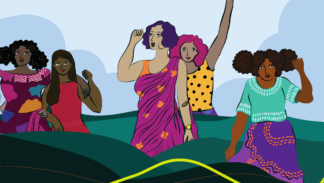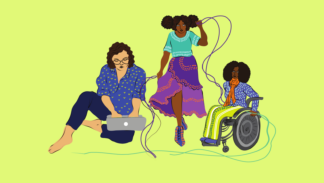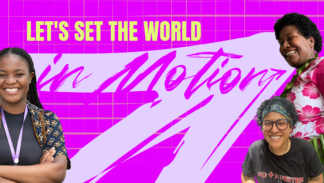New op-ed on ending gender-based violence against women garment workers
An ambitious yet attainable goal
By Sangeeta Chowdhry, Global Fund for Women, and Brandee Butler, C&A Foundation
Four years ago, the collapse of the Rana Plaza Building killed more than a thousand garment workers in Bangladesh. Most of the workers in the building were young women in their teens and early twenties. Many had recently migrated from the countryside to seek work in the factories, yearning for a good job and a better life.
The tragedy, like others before it, was sadly foreseeable. The building’s owners and local authorities long knew about its hazardous construction and overcrowding. Global outrage after the disaster led to some progress in building codes and safety standards, yet the daily working conditions of women garment workers today remain much the same.
The truth is, fire hazards or building standards are not the most pervasive risk to women’s safety. The most insidious threat to the women who make up over two-thirds of the industry’s workforce is gender-based violence. Deeply ingrained in culture and economics, the sexual harassment and abuse—physical and emotional—that women workers experience every day is extensive and seemingly impossible to uproot. It remains invisible to many, and tolerated by those who view violence against women as a normal part of life.
But a new initiative, led by women garment workers and bringing together a broad range of actors and influencers, aims to create environments in which women are free from sexual harassment and sexual violence in places where they work and live. Laudes Foundation (formerly C&A Foundation), Global Fund for Women, NoVo Foundation, and Gender at Work recently launched a three-year program to eliminate gender-based violence in the garment industry.
If that sounds like an ambitious goal, it’s because it is.
To continue reading, visit the full op-ed originally published by Thomson Reuters Foundation here.
The primary agents of change are, and must be, women garment workers themselves. That is why our new initiative focuses on bolstering leadership skills and strengthening women garment workers’ movements in four major garment-producing countries in Asia."


